With auxiliary sensor integration, the humble CTD becomes a powerful hub for sampling and data. Learn how to identify the required cable for any sensor integration.
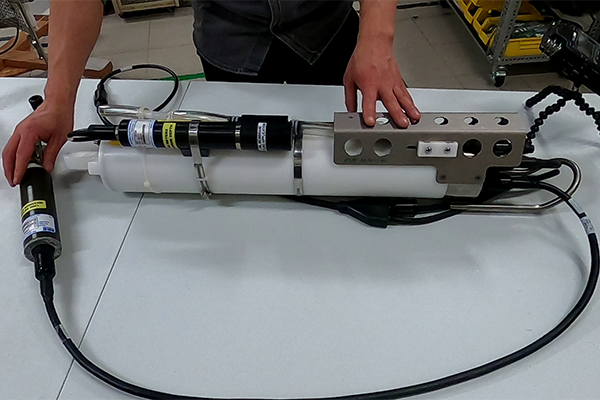

With auxiliary sensor integration, the humble CTD becomes a powerful hub for sampling and data. Learn how to identify the required cable for any sensor integration.
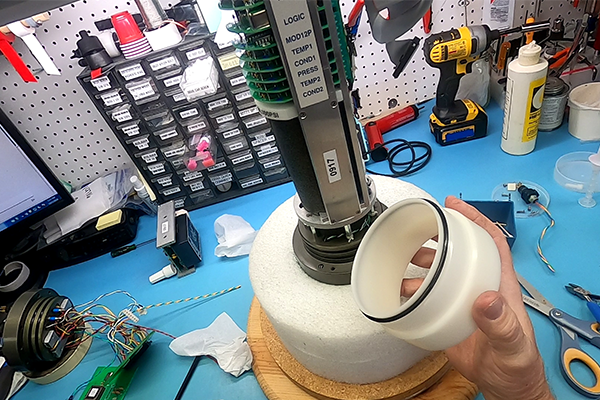
Watch how one of our Senior Service Technicians replaces the O-rings on the endcap of a 9plus CTD using specialized tools.
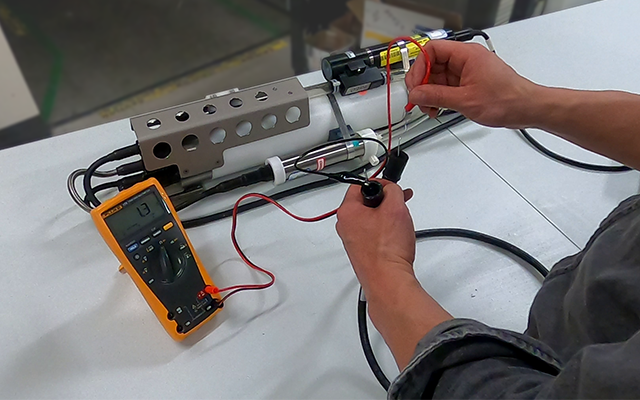
Integrating analog sensors is relatively painless, at least compared to the more finicky RS-232 sensors. But what happens when you've diligently followed the instructions yet fail to receiving data from your sensor? Watch our troubleshooting video to learn our methods...
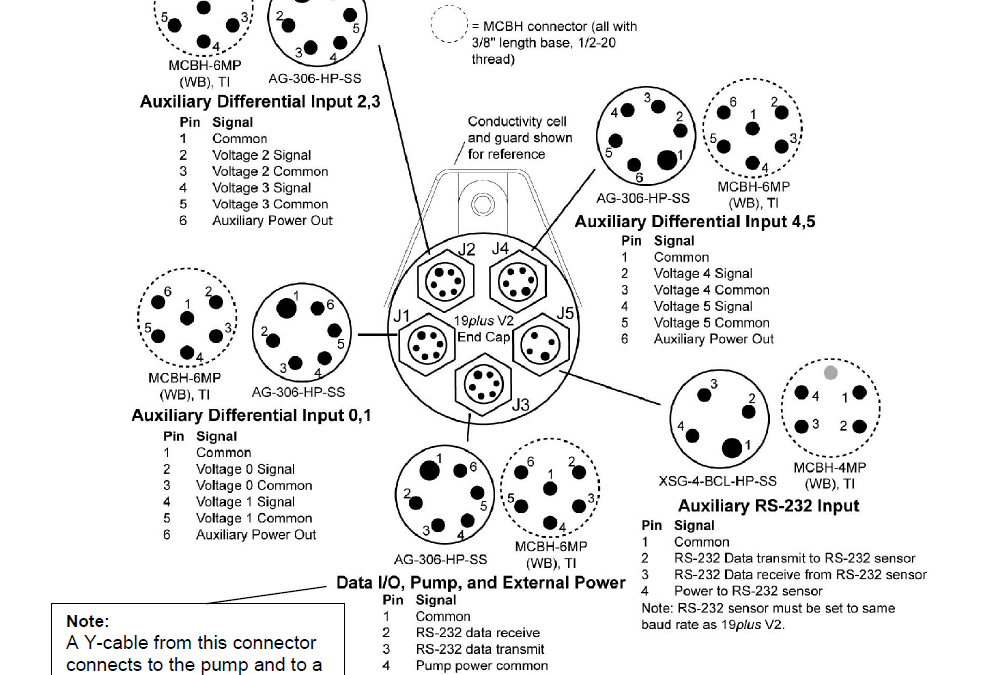
From bottom contact triggers to transmissometers, oceanographic sensor options are vast and diverse, and choosing the right combination of sensors can significantly augment a CTD’s measurement capabilities. Although getting disparate technologies to talk to one...

Unlike analog auxiliary sensors, instruments that output serial RS-232 data are more challenging to integrate with Sea-Bird Scientific CTDs. Despite RS-232 being a standard communication protocol, most instruments have a unique data output format and command set. As...
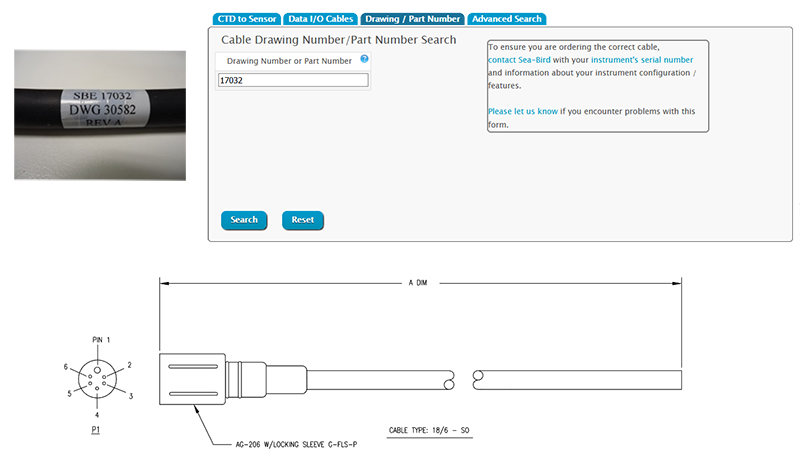
Consider this hypothetical situation: you find a loose cable with a 6-pin connector and a 4-pin connector - exactly what you need to connect an oxygen sensor to your CTD. However, just because the cable ends fit on the instrument connectors, you still don’t know if...
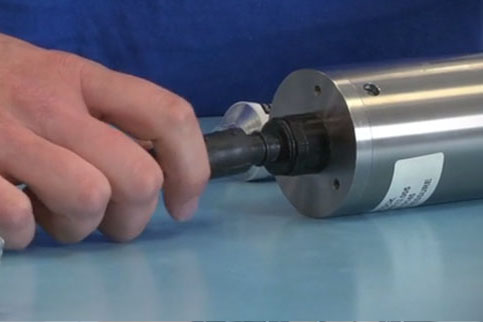
An instrument’s bulkhead connector is often its only pathway for communication. Although they are robust, failure to care for the connector can quickly put an end of to a research expedition. Lean how to properly clean and maintain your instrument’s connectors with...

January 2020 Newsletter Paperclips are handy, but have you used one to troubleshoot an oceanographic sensor? When you’re unable to communicate with your instrument, the humble paperclip is one of the first tools that Sea-Bird Scientific’s technical support team...
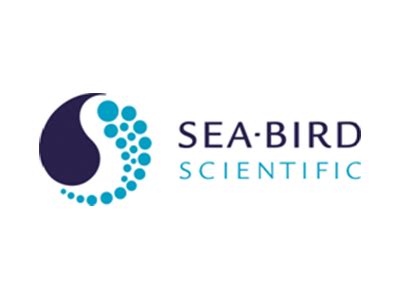
Upgrading to a SeaFET V2 from the original SeaFET is completely internal—aside from the most inaccessible hardware within the instrument, the V2 uses the same housing, sensors, and batteries as the V1. Therefore, the basic maintenance procedures for the V1 and V2 are...
Welcome to the Sea-Bird Swell – our monthly newsletter that gives you the latest on what’s happening at Sea-Bird Scientific and the broader oceanographic community. Introducing Our New Software: Fathom Earlier this month, we released our new SBS Fathom software! Our...
Our Moored pH Systems Ocean pH plays a critical role in the health of the global ocean due to the short timescales relevant to biological activity. With recent studies highlighting the impacts of acidification on the carbon cycle as well as on coral, shellfish,...
Sea-Bird Scientific is thrilled to release the newest innovation in software: Fathom. Fathom: Exploring the depths of your data. Sea-Bird Scientific’s Fathom software makes working with your instruments transparent and simple. View instrument status and diagnostics,...